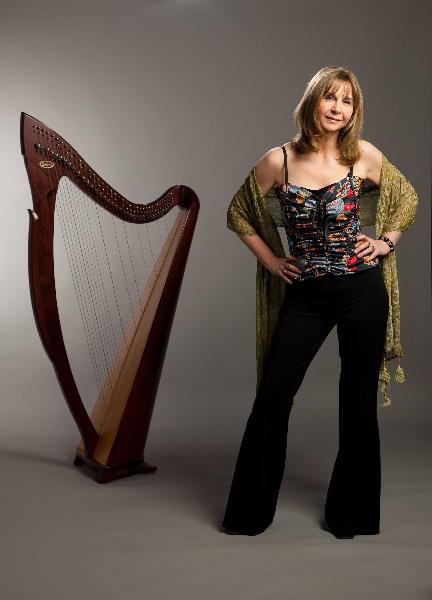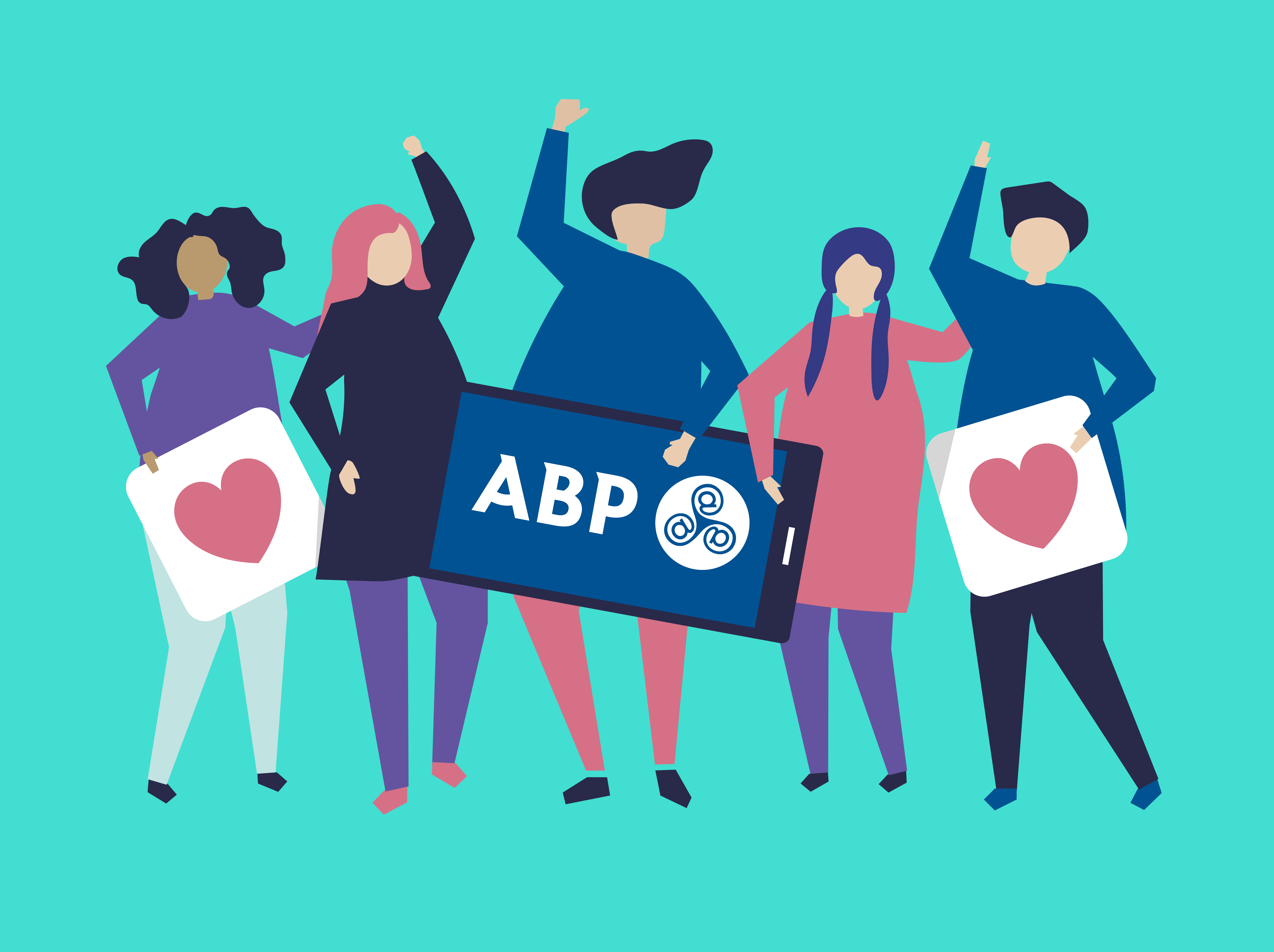

Welsh and Breton folk musicians came together in Cardiff for an evening of May Day celebrations and to mark 40 years of the Lorient Festival.
Energy and excitement, sad tunefulness – and much that came in between. Such was the night when the bright folk talents of the two Brythonic nations, Brittany and Wales, came together to celebrate May 1 in the Donald Gordon Theatre, Wales Millennium Centre, Cardiff. May 1, appropriately, is the first day of Summer according to the old Celtic calendar.
Le Festival Interceltique de Lorient s'exporte à Cardiff pour « Calan Mai » le concert du 1er mai
This year's Festival Interceltique in Lorient will be the 40th. As part of the celebrations of that historic landmark the joint folk evening was held in the Millennium Centre. Wales was the guest nation in the very first festival of what has become an event of huge significance and influence in world folk music.
First on the stage was the successful and acclaimed Bagad Kevrenn Alré from Auray. For me it was a new experience to listen to a large bagad in a vast and beautiful hall. I associate the Breton pipe bands with the open air, marching in their rich costumes with sounds wafting hauntingly on the breeze. Viewing and listening a stage full of players of the biniou, bombard and drums in perfect vivacious rhythms was an awe-inspiring experience.
In Brittany the bagadoù are as numerous as choirs in Wales, so perhaps I should not be amazed at quality of their performances. But I am still amazed. Bagad Alré was established by railway workers in Auray in 1951 and there is a dance group attached to the bagad. Typically much of the music we heard was for dancing, gracefully and elegantly slipping from tune to tune.
The two countries came together beautifully in the form of Nolwenn Korbell and Lleuwen Steffan. Nolwenn spent most of the 1990s in Wales as an actress and singer. Lleuwen, from Anglesey now lives in Brittany, has learnt Breton and, since the Lorient Festival of 2008, has performed regularly with Nolwen.
Both have beautifully warm voices and are talented musicians and instrumentalists and while singing in Breton showed they were influenced by many types of music. An unexpected surprise was for them to be joined on stage by another Welsh singer well known in Brittany, Meic Stevens, who sang Cân Walter, about his uncle who died in World War II.
The second part of the evening belonged to Wales. In Wales we feel that in the world of folk dance and music that we lag behind our more confident cousins in Brittany and Ireland. We need not be ashamed.
Y Glerorfa, Wales's Folk Orchestra, established in the 1996 National Eisteddfod, is an inspiration. It showed just how rich is Wales's folk music heritage and with a third of the stage occupied by harps of various sizes it gave added visual beauty to the music.
We were introduced to a medley of Romany music, which included music from all parts of the Europe as well from the Welsh Gypsies. Much of this research has been done by Robin Huw Bowen, the joint artistic director of Y Glerorfa. He is also Wales's chief exponent of the traditional Welsh triple-harp.
The evening ended with haunting, lovely performance of songs from her native Powys by Sián James accompanying herself with the harp and once on the piano. Her own special arrangement of Yr Eneth Glaf (The Sick Girl) was particularly moving.
Then Bagad Kevrenn Alré came back on stage to join Y Glerorfa and the Welsh artistes to sing Hen Wlad Fy Nhadau / Bro Gozh ma Zadoù.
It was a important event for traditional music and cooperation between Wales and Brittany. Whoever suggested the idea of bringing Bagad Kevrenn Alré and Y Glerorfa together on the same evening should be congratulated.
Congratulations, too, to Aneirin Karadog for his crisp presentation of the evening in three languages, Breton, Welsh and English.

Commentaires (0)
Aucun commentaire pour le moment. Soyez le premier à réagir !